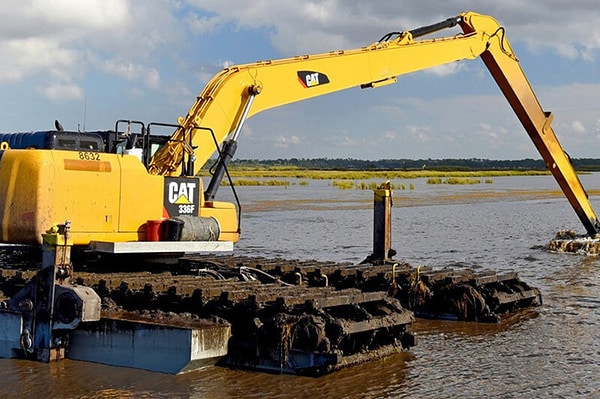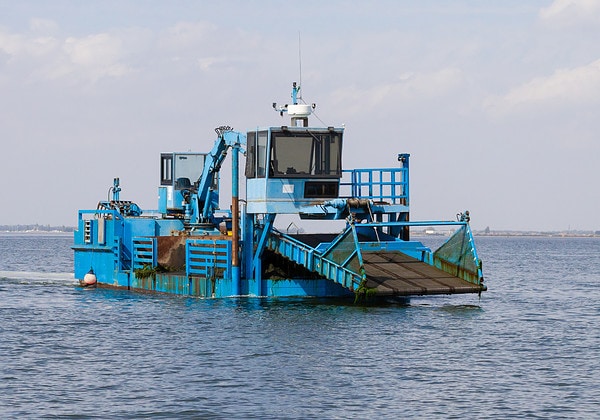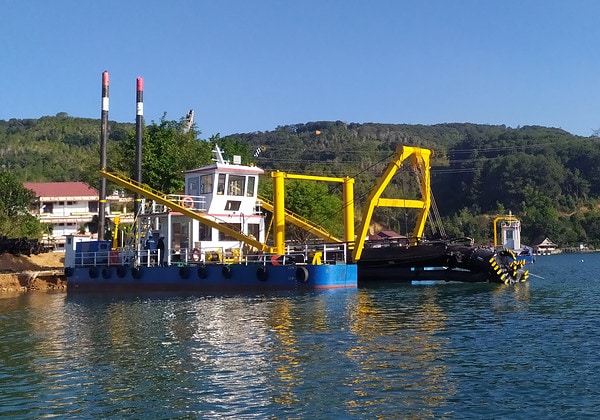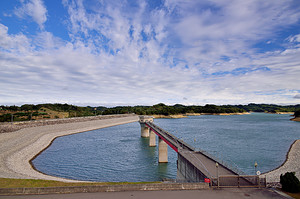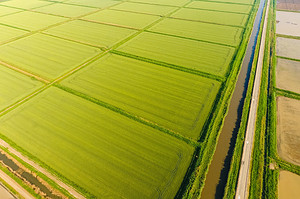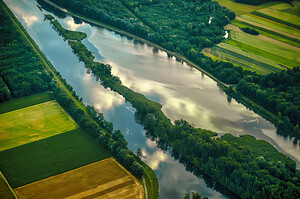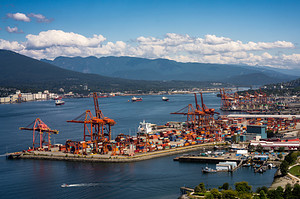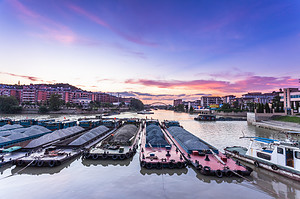Wetlands are one of the important ecosystems on Earth, often compared to the lungs of the Earth. They play an important role in water quality purification, water resource regulation, biodiversity maintenance, carbon storage and climate change mitigation, wind and sand fixation, and coastal protection. Protecting and restoring wetlands and marshes is of great significance for maintaining Balance of nature and sustainable development.
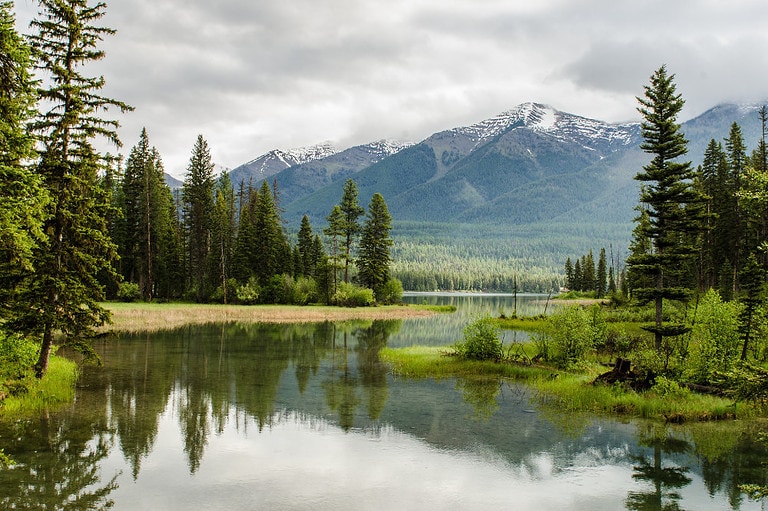
The Benefits of Wetlands to Humans
Water quality purification: Wetlands and swamps have good self-cleaning ability, which can filter and adsorb pollutants in water, such as suspended particles, organic matter, and nutrients. The microorganisms in wetland vegetation and soil can decompose organic pollutants and chemicals, promoting the purification and improvement of water quality.
- Water resource regulation: Wetlands and swamps can regulate the water volume and flow of water bodies, playing a role in storing and releasing water. They can absorb and store precipitation, slow down flood peaks, and alleviate flood disasters. At the same time, wetlands and swamps can also release water, maintain the hydrological balance of the watershed, and maintain the stability of the water source.
- Biodiversity maintenance: Wetlands and swamps are habitats and breeding grounds for many species. They provide a unique ecological environment, providing habitats and food resources for a large number of plants, birds, fish, amphibians, insects, and other organisms. The protection and restoration of wetlands and swamps are crucial for maintaining biodiversity.
- Carbon storage and climate change mitigation: Wetlands and swamps are important carbon storage reservoirs, and the organic matter in their vegetation and wetland soil can fix and store a large amount of carbon for a long time. By protecting wetlands and swamps, carbon emissions and greenhouse gas emissions can be reduced, helping to mitigate climate change.
- Wind protection, sand fixation, and coastal protection: The roots and underground parts of wetland and swamp vegetation can stabilize the soil and resist wind and water erosion. They play the role of wind prevention, sand fixation and coastline protection in coastal areas, and reduce the risk of Coastal erosion and Desertification.
- Education and scientific research: Wetlands and swamps, as unique ecosystems, provide valuable experimental sites and observation points for ecological and environmental science research. They are also important resources for environmental education and ecotourism, providing places for nature conservation education and ecotourism experiences.
However, with the development of economy and the acceleration of urbanization, wetland pollution has become increasingly serious, and Eutrophication of water body, sediment pollution and other problems have become prominent. Developing wetlands through dredging can effectively remove pollutants from sediment and water bodies, improve wetland water quality and ecological environment.
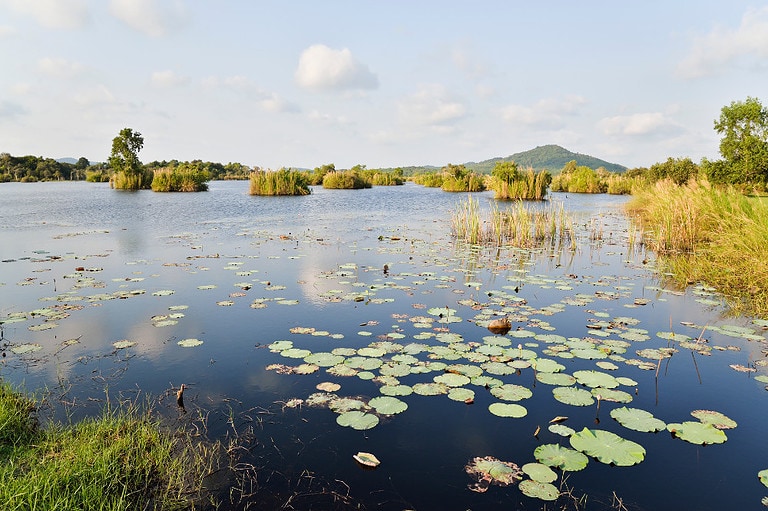
Common methods of wetland dredging
Wetland dredging needs to follow certain principles and procedures, and be reasonably utilized to ensure the protection and restoration of wetland ecosystems, while meeting human economic and social needs.
Choosing appropriate dredging methods and equipment is crucial in the process of wetland dredging. In the future, with the continuous improvement of environmental requirements and technological progress, wetland dredging equipment will develop towards intelligence and greenery to better protect and restore wetland ecosystems.
Common dredging methods include mechanical dredging, biological dredging, and comprehensive dredging. Mechanical dredging is the dredging of sediment using equipment such as excavators and scrapers, which is suitable for large-scale and deep dredging projects. Biological dredging is to use biological resources such as microorganisms and Aquatic plant to dredge the sediment, which is environmentally friendly, economical and efficient. Comprehensive dredging is a combination of mechanical dredging and biological dredging, fully leveraging the advantages of both to achieve better dredging results.
Among them, mechanical dredging is a traditional dredging method with a wide variety of equipment, including cutter suction dredgers, bucket wheel dredgers, trailing suction dredgers, excavator floating platforms, amphibious excavators, excavator extension arms, excavators, pile foundation construction equipment, and other dredging equipment.
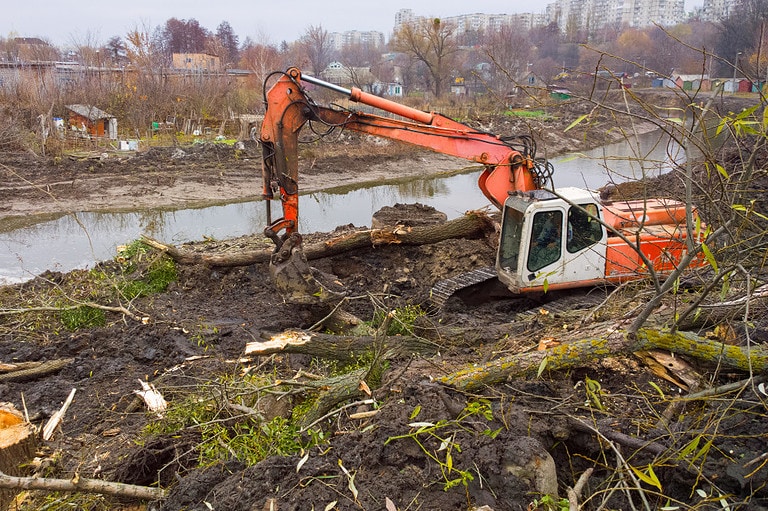
Prospects for the Future of Wetland Dredging
In the future, with the continuous improvement of environmental requirements and technological progress, wetland dredging equipment will develop towards intelligence and greenery. Intelligent dredging equipment will realize fine control and optimized decision-making of dredging process and improve dredging efficiency and quality through artificial intelligence and Big data technology. Green dredging equipment will use renewable energy and environmentally friendly materials to reduce pollution and damage to the environment, and achieve green and sustainable development.
X-dredger has long been committed to the design and manufacturing of dredging equipment, and can provide customized, reliable, efficient, and cost-effective dredging products for friends with dredging needs. We continuously innovate and improve dredging methods and equipment to achieve efficient, environmentally friendly, and economical dredging effects, providing strong support for the sustainable development of wetland ecosystems.

